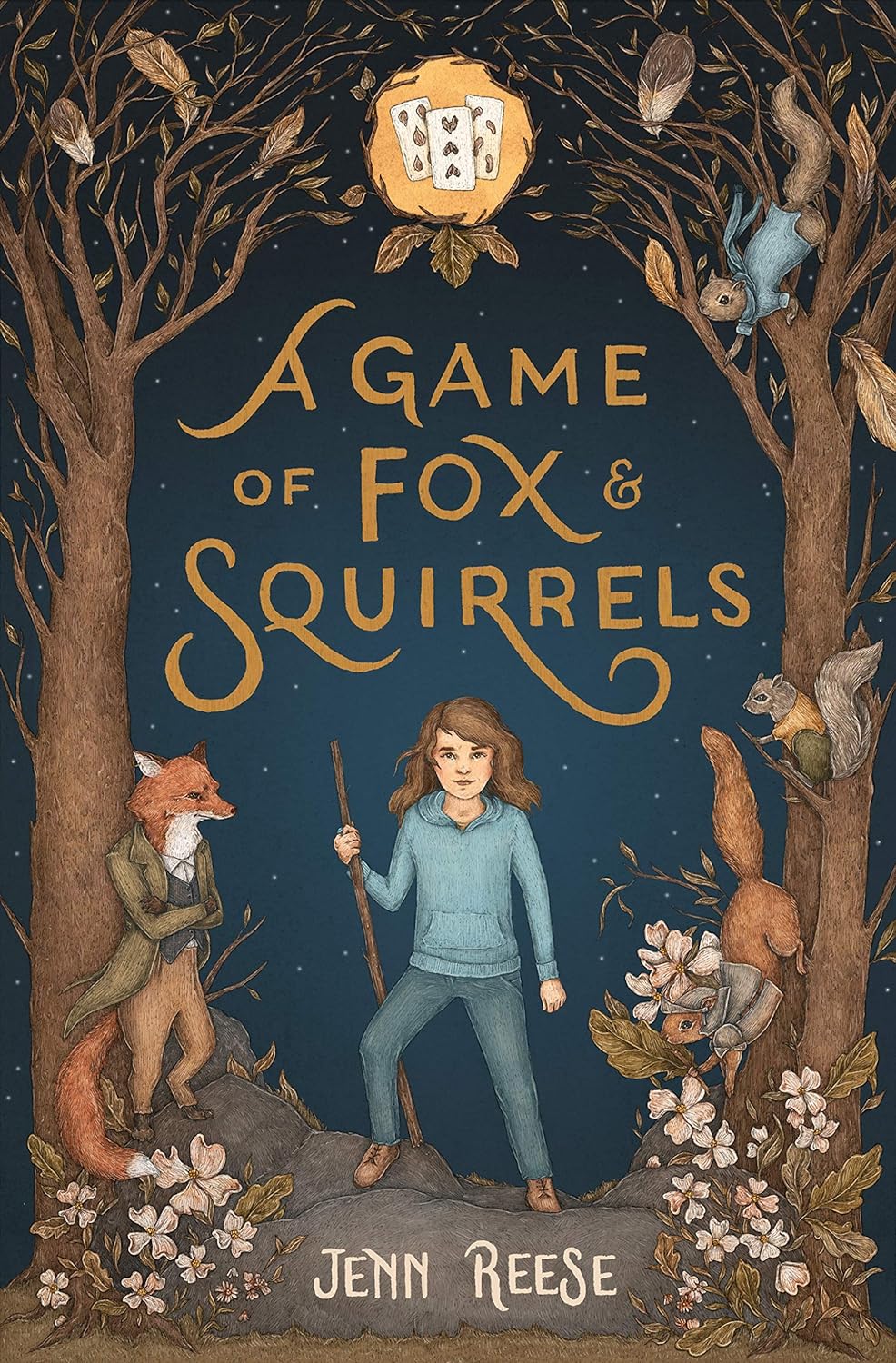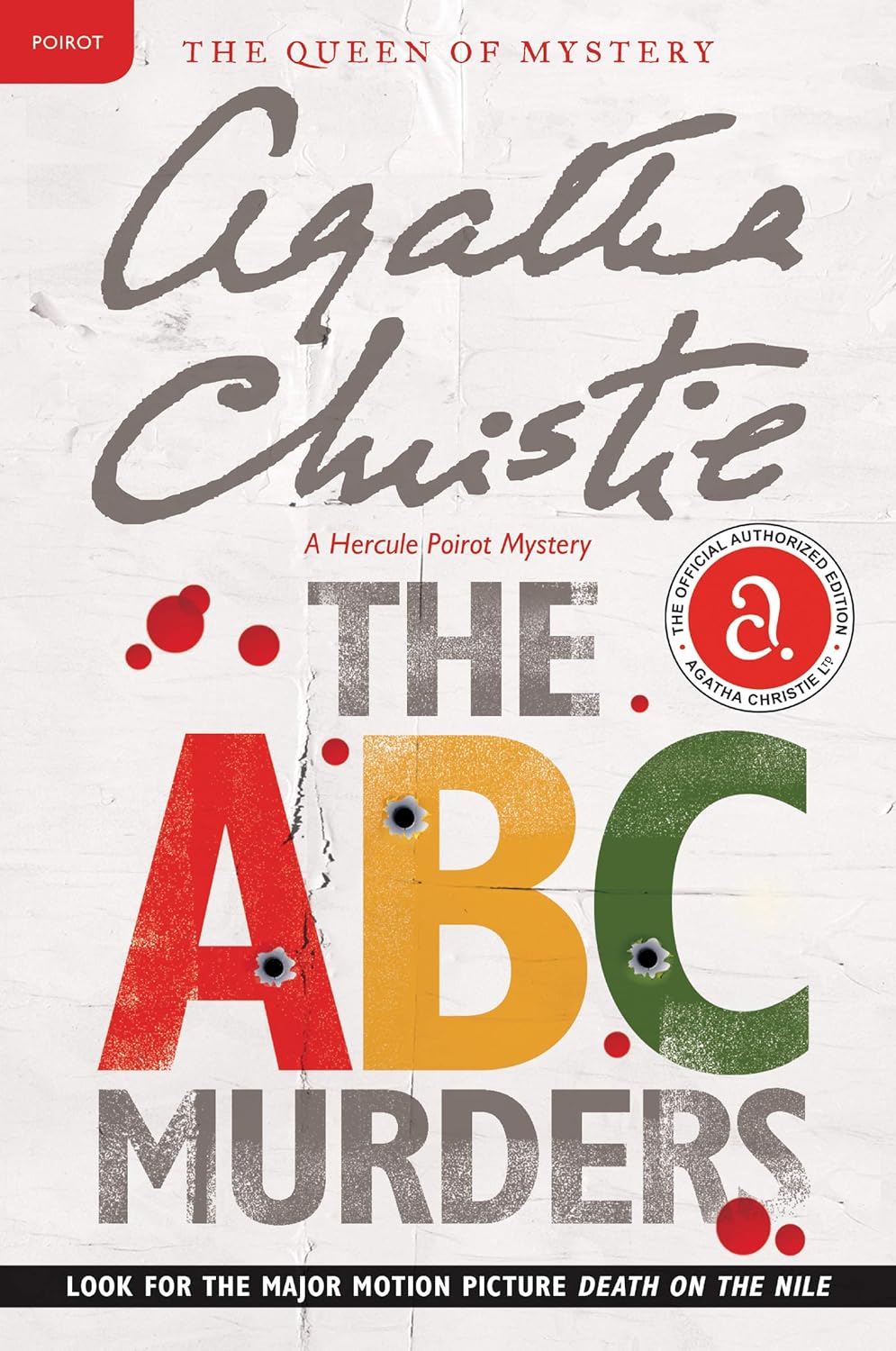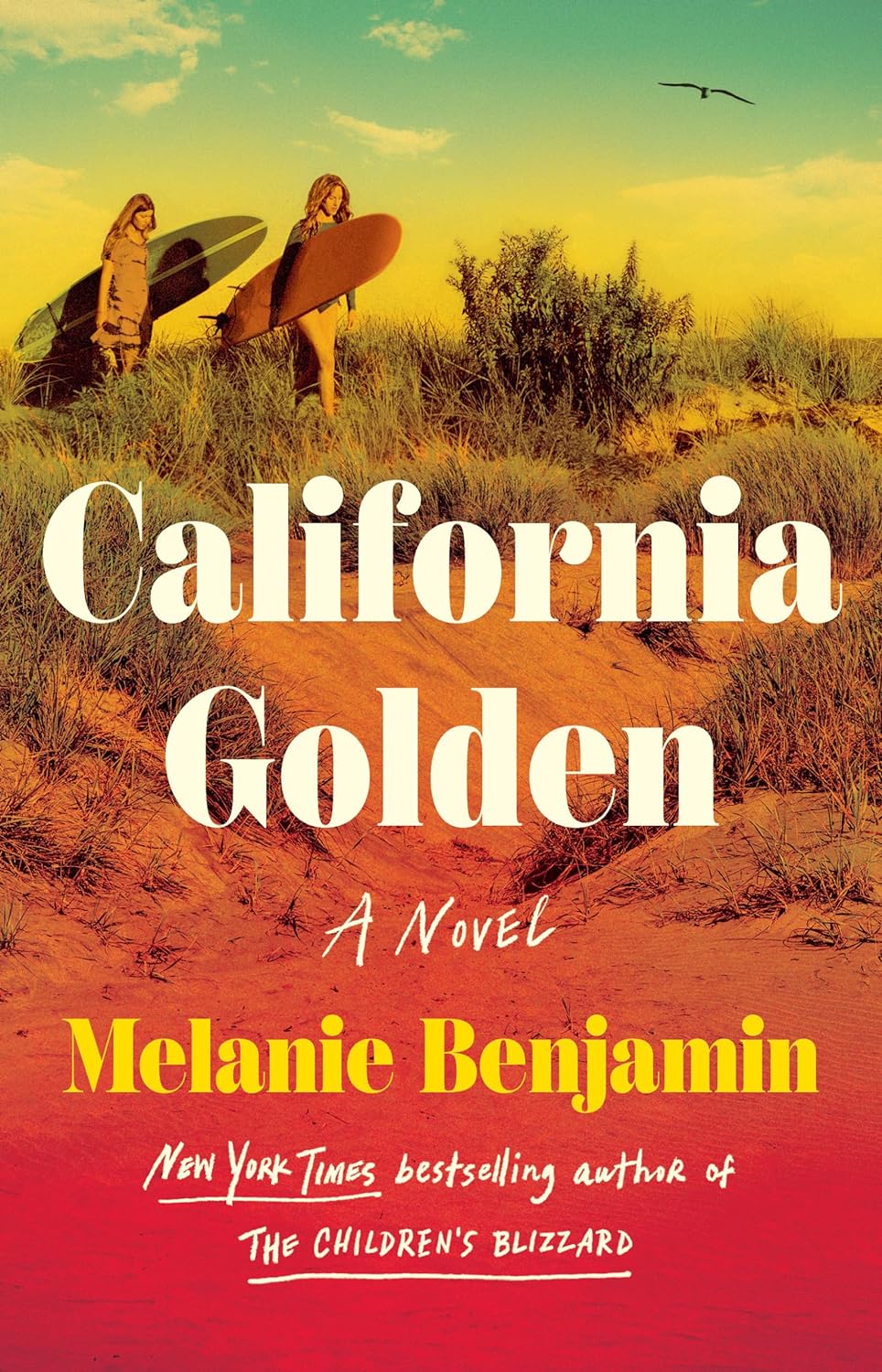|
Rating: 4/5 Stars
Jenn Reese’s A Game of Fox & Squirrels dances gracefully between whimsy and wisdom, seamlessly blending childhood innocence with the weight of real-world challenges. This enchanting narrative not only tickles the imagination but also stirs the soul. After a family tragedy, eleven-year-old Sam and her sister Caitlin find themselves whisked away to rural Oregon to live with their Aunt Vicky. Sam’s skepticism about their new life hangs heavy like the mist on a Pacific Northwest morning, but everything changes with a mysterious gift from Aunt Vicky: a card game called “A Game of Fox & Squirrels.” The line between reality and fantasy begins to blur when Ashander the fox leaps from the cards into real life, promising Sam a wish if she can find the mythical Golden Acorn. The inhabitants of Reese’s world are vividly portrayed, each character with their own quirks and charms. From Aunt Vicky’s peculiar chicken obsession to Cedar the squirrel’s insatiable appetite for acorn meat tarts, Reese brings them to life with remarkable brevity. While the story brims with talking animals and magical quests, it also delves into the weighty theme of domestic violence. Drawing from her own experiences, Reese delicately illuminates the possibility of breaking free from the chains of a toxic past. Through Sam’s eyes, readers embark on a journey through trauma, loss, and healing, elevating A Game of Fox & Squirrels from a mere fairy tale to a profound exploration of family and resilience.
0 Comments
Rating: 4/5 Stars
Buckle up, mystery mavens, because The A.B.C. Murders, the thirteenth novel in Agatha Christie’s Hercule Poirot series, is a marvel of misdirection. In this witty whodunit, Christie dishes out just a handful of subtle clues, teasing readers like me into premature conclusions. Set in 1930s England, the story follows Hercule Poirot as he investigates a series of murders committed alphabetically by an unknown assailant. The killer sends taunting letters to Poirot before each murder, challenging the detective to stop them in a captivating game of cat and mouse. What sets Christie apart isn’t just the thrill of the chase but the deliciously intricate puzzle she weaves. Every clue holds significance, and each turn of the page brings you closer to the elusive truth. The A.B.C. Murders fully embodies the magical essence of fiction, with a conclusion that feels slightly far-fetched yet delightfully fated. It’s as if Christie’s inviting you to a cerebral chess match, daring you to beat Poirot to the punch. And just when you think you’ve cracked the case, she deftly pulls the rug out from under you, leaving you marveling at her sheer brilliance. Rating: 4/5 Stars
Dive into the radiant world of California Golden by Melanie Benjamin, where the sun-soaked landscapes of 1960s Southern California set the stage for a mesmerizing exploration of family dynamics, desperation, and second chances. At the heart of the narrative is Carol Donnelly, a legendary female surfer challenging the norms of a male-dominated sport, and her daughters Mindy and Ginger. Fueled by their mother’s apparent indifference, these young sisters adopt Carol’s unwavering devotion to the ocean, normalizing PB&J sandwiches for dinner and skipping school to catch waves. While Mindy becomes a surfing sensation, basking in minor celebrity and winning competitions, Ginger finds herself entangled with the self-proclaimed ‘Surf God’ in a world of drug deals and beachside shack living. Drawing inspiration from a real-life mother-daughter surfing trio, Benjamin weaves a tale that, though fictional, swells with authenticity. The characters’ actions are often frustrating, but they undeniably contribute to the novel’s overall impact. Despite not always being likable, the characters come alive and shine the brightest when they’re hanging ten. What truly dazzles in this book is the key throughline: the generational echoes within a family when a woman is torn away from her true calling and thrust into a role she never desired. Through the compelling narratives of Mindy and Ginger, Benjamin explores how parental neglect leaves an indelible mark on a child’s beliefs and behaviors. Carol resists the conventional trappings of motherhood, often seeking solace by the seaside. In Carol’s absence, Mindy evolves into Ginger’s caretaker, fostering a fierce sense of self-preservation. Ginger, on the flip side, desperately seeks someone to look after her. These reverberations from their shared history resonate in their subsequent romantic relationships, adding layers of complexity to the emotional rollercoaster of the narrative. 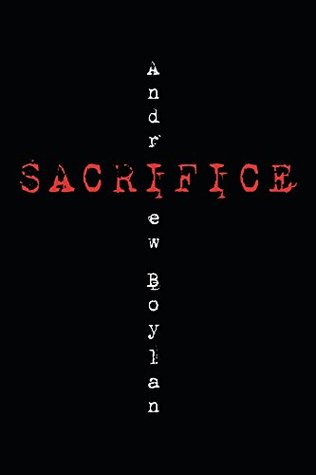 READ TIME: 4 MIN So, um, “Sacrifice” by Andrew Boylan. I read this little book way back in 2017, and I’ll admit, I didn’t love it. So, when it came time to write this review, I put it off for a few days. Which turned into a few months. And then into a few years. My procrastination skills are top-notch. But now, the time has finally come. Let’s talk about it, shall we? I stumbled across “Sacrifice” while browsing Kindle’s 99-cent bin. While I don’t normally gravitate toward the horror genre, I found the synopsis of “Sacrifice” intriguing, and I was in one of those collect-all-the-books-I’ll-never-have-time-to-read moods, so why not? The book, which blends fact and fiction, opens with struggling filmmaker Benny Hernandez photographing the scene of a gruesome car crash in which the passenger (or victim?) has some nasty wounds that seem eerily familiar. Later, Benny learns that his ex-girlfriend is convinced that a deadly, ancient cult has resurfaced in their small New Mexico hometown. Benny decides to investigate. This could be his big break! But in his pursuit of a blockbuster, he becomes entrenched in a secretive world characterized by drugs, religion, and all things danger. Despite all its compelling ingredients, the story didn’t hold my attention, primarily because I kept getting distracted by the convoluted writing.  Written by Lauryn Smith Reaching the next stop on the my-life-through-books tour required me to trek through some muddy waters. No, quicksand. Maybe lava? You might think that the new shelter-in-place era we now live in would be prime time to work on personal projects and accomplish non-work-related goals. Well, not when you are a recovering perfectionist. Self-doubt, fear of failure, and questioning whether you, of all people, have anything to say that is worth hearing all make procrastination quite appealing. Amirite? But Sam Laura Brown has re-inspired me to overcome my subconscious self-sabotaging habits, at least in terms of blogging. In fact, I thought I might switch things up beginning with this post and instead of merely reviewing a book, also reflect on how it applies to my life, what it meant to me personally, and so on. It may get a bit stream-of-conscious-y. Who knows. Ready? Here goes. Let’s start by talking about Zits. (I could so easily make a joke about stress breakouts here but shall refrain.) Zits is the main character in Sherman Alexie’s novel “Flight.” He is a biracial teenager with Native American ancestry living in the Pacific Northwest. What’s more, he is a self-described “time-traveling mass murderer.” 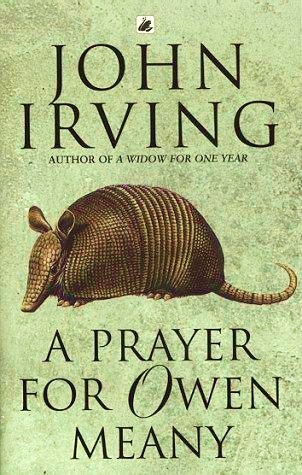 Written by Lauryn Smith My interest in John Irving’s writing began after I read his award-winning “The World According to Garp” in high school. I promise to give a review of “Garp” as soon as I replace my lost copy, which met its fate in a puddle of water. (Trust me, though, you must read it!) For now, let’s talk about “A Prayer for Owen Meany,” Irving’s all-time best-selling novel. The fictional story is deep, poignant, complexly germane and truly captivating. The titular character, Owen, is an intelligent, small-statured, shrill-voiced, 11-year-old son of a quarryman. He grows up in Gravesend, New Hampshire, with his best buddy John Wheelwright, whose family comes from old money. John narrates the twists and turns of their relationship, from the Little League baseball game during which Owen’s foul ball kills John’s mother to Owen’s death, a divinely crafted occurrence that Owen adamantly believes he has foreseen. This novel is one of predestined heroism and a boy determined to curate his life experiences in preparation for his final act. (The vagueness concerning Owen’s fate is necessary—spoilers! I can say, however, that in his role as the Ghost of Christmas Future for a production of “A Christmas Carol,” he inexplicably sees his name and date of death on Scrooge’s gravestone, which fortifies his ideas about his purpose and his link with God.) The majority of the story takes place throughout the 1950s and 1960s, so readers get to follow Owen and John as they transition from days composed of TV viewing and rounds of armadillo hide-and-seek (read the book to see what I mean – it is a whole thing) to days composed of collegiate activities and wartime rhetoric. Several themes are unmissable. Perhaps the most notable motif that Irving explores if that of friendship. (Example “aww” moments include 1) the trustful sharing of treasured baseball cards between Owen and John and 2) Owen’s voluntarily repeating grade nine when he learns that John was held back, all so that they might attend Gravesend Academy together.) Also prominent are the concepts of religion and faith as well as the corresponding concept of doubt. In addition, Irving cleverly integrates insights into the stateside turmoil associated with the Vietnam War. Though these topics hold the story together, they are arguably tangential to a larger theme, that is, the loss of one’s childhood and the beautiful tragedy of maturing. 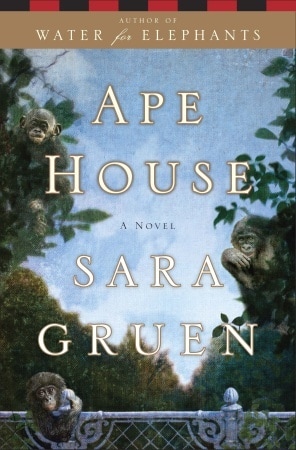 Written by Lauryn Smith Undeterred after reading Sara Gruen’s unassuming “At the Water’s Edge,” I took up “Ape House.” Now that I am done reading it, I wonder if Gruen might be a one-hit wonder. (Don’t get me wrong. Her writing style is lovely. “Water for Elephants” is, and probably always will be, one of my favorite books.) As much as I hate to say it, “Ape House” left me dizzy, and not in a good way. “Ape House” is a contemporary dual-track story that begins well enough. Readers are introduced to John Thigpen, a journalist in Philadelphia who is writing a story on the six bonobos at the Great Ape Language Lab in Kansas. These particular apes are remarkable because they can use American Sign Language and computer software to reason, communicate and form deep relationships. John travels to meets the apes and lab staff, including Isabel Duncan, a scientist who regards the bonobos as family. On the night of the interview, Isabel and the apes are the victims of an explosion at the lab. The apes escape unharmed but are whisked away by an unknown force to an unknown location. Isabel, on the other hand, is tragically injured. During her long recovery, she makes it her goal to retrieve the apes to ensure their welfare. With the help of a disjointed ensemble, Isabel discovers that the apes were sold to Ken Faulks, a renowned pornographer. Yep, you read that right. This point, barely halfway into the book, is when the story becomes irritating. Gruen chooses to satirize human life by placing the bonobos in the hands of an adult film connoisseur, who in turn places the apes in a house full of cameras that broadcast live in the name of entertainment, considered such because of the bonobos’ inherent sexual inclinations. 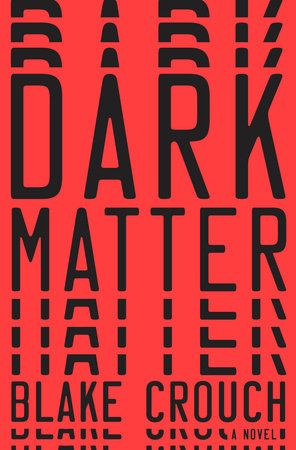 Written by Lauryn Smith Imagine experiencing another version of your life, one in which you made different, potentially life-altering decisions. Some aspects might be better, others worse. Perhaps you do not notice much of a change. Maybe your life is catastrophically altered. Black Crouch lays the groundwork for this thought experiment in his alternate universe book, “Dark Matter.” For me, reading science fiction has never been so much fun. This book is un-put-down-able. You know those books that you cannot wait to get back to, even while enjoying other activities? “Dark Matter” is one of those. Crouch details the story of Jason Dessen, a physics teacher at a Chicago college. I mean, a renowned theoretical physicist. Wait. Dessen is actually both, and each persona lives in a different dimension. Crouch establishes the former as the story’s protagonist. This Dessen, AKA Jason 1, lives a quiet, blissful, content life with his wife and son. One day while walking home from a local bar, he is abducted and taken to an enigmatic warehouse, where, amidst the confusion of events, he loses consciousness. He wakes to praise from a handful of individuals he does not recognize yet who somehow know him. In fact, he comes to realize that there is a lot about this place, this life, he does not recognize, and much of what he does find familiar is distorted in some way, shape or form. 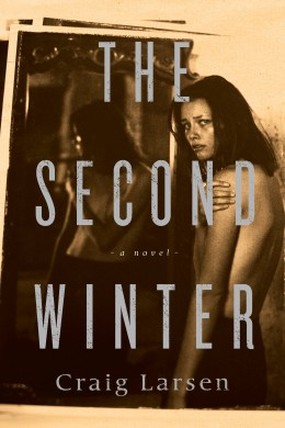 Written by Lauryn Smith I thought I knew what I was getting into when I began reading Craig Larsen’s “The Second Winter,” a fictitious story that takes place during World War II. I was confident that the book would be interesting. (Anyone who knows me knows that historical fiction is right up my alley.) I feared, though, that the book would be only marginally original, that it would not stand out among the many others also set during wartime. It was not long before I realized how wrong my latter expectation was. Larsen expertly differentiates “The Second Winter” by narrowing his scope, homing in on often overlooked subtleties inherent to this anecdote-ridden part of history. With a downtrodden family at the heart of the novel, Larsen emphasizes strained familial relationships and details the twists and turns of fate that are generated by various interpersonal interactions. The war merely acts as a backdrop, a driving force. This unexpected approach makes for a deep, fulfilling read as the plot is enhanced by the setting rather than carried by it. (A special thanks to the author for providing me a copy of the book!) Dark and dismal, “The Second Winter” takes place in 1941 in German-occupied Denmark. Fredrik Gregersen, a large, callous, imposing man who oversees a small farm in Jutland, partakes in a prohibited side business, namely helping Jewish fugitives cross the border into Sweden. One night, he is presented with an opportunity to steal a satchel of valuable jewelry from a family of escapees, which he does without a second thought. Contained in that satchel is an expensive necklace, which ends up being a key element of the story. The plot thickens with each transfer of ownership of the necklace. 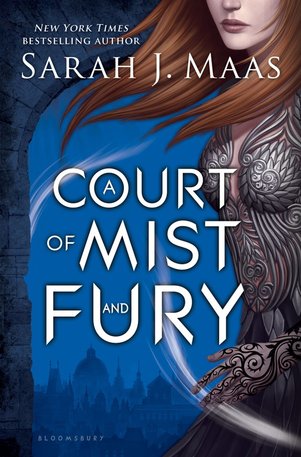 Written by Lauryn Smith As promised, I read “A Court of Mist and Fury” by Sarah J. Maas. You may remember my slightly scathing review of its predecessor, “A Court of Thorns and Roses.” Though I still have some qualms, the second in the “A Court of Thorns and Roses” series exceeded my expectations. The story picks up right where the first left off. In the aftermath of bad girl Amarantha’s demise, Feyre returns to life in the Spring Court with soon-to-be hubby Tamlin. But things are not all roses and daisies anymore. First of all, she has that tattoo linking her mind to Rhysand’s, as well as Rhysand’s pesky bargain regarding Feyre’s living arrangements, to worry about. Add to that Tamlin’s newly developed overprotective personality, and the fact that all in the Spring Court abide by his command to keep Feyre safe by restraining her to the grounds and limiting her access to information. Feyre used to feel thankful for Tamlin’s protection, but now she feels stifled, bored and unchallenged. She also cannot get over the guilt regarding the crimes she committed in order to save everyone from Amarantha’s wrath. In addition, the more she gleans about how the courts work, the more repelled by the system she becomes. Oh yeah, and she now has all the powers of a High Fae, powers that reflect those of each of the courts’ High Lords. On the day of Feyre and Tamlin’s wedding, Feyre falls apart. As he did multiple times in “A Court of Thorns and Roses,” Rhysand pops in and saves the day, whisking Feyre away to the dreaded Night Court. That is when everything changes and Feyre’s perspective shifts. Instead of willingly remaining a veiled treasure, Feyre gets her life back on track. She grows familiar with the people, places and politics of the Night Court, trains to control her potent powers and flirts mercilessly with Rhysand. All the while, a new and fiercer evil looms. And once more, Feyre is key in ending it. Maas again focuses on the good versus evil trope, this time on a dual level, both between the courts and an outside force as well as between individual courts. This is a classic and widely appealing theme, so no complaints there, granted the lack of emphasis on the plot leaves something to be desired. Also again, Maas attempts to make the story grab adult readers by including explicit sex scenes. Maas needs more than said sex scenes to make the novel appropriate for adults. Take them away, and this book is young adult through and through. I will contend, though, that the integration of action and romance is accomplished much better in “A Court of Mist and Fury” than in its predecessor. |

Enjoying my book reviews? If you’ve found them helpful or simply love diving into a good book, consider supporting my caffeine-fueled reading sessions! Your contribution helps keep the reviews coming and ensures I stay wide awake for those late-night reading marathons. Cheers to a shared love for literature! ☕️
Categories
All
|
